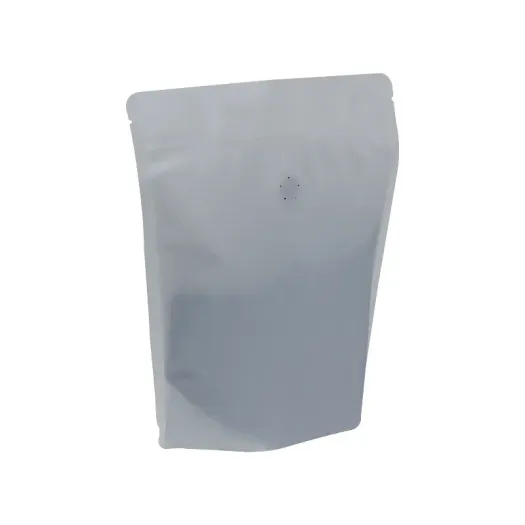- Afrikaans
- Albanian
- Amharic
- Arabic
- Armenian
- Azerbaijani
- Basque
- Belarusian
- Bengali
- Bosnian
- Bulgarian
- Catalan
- Cebuano
- chinese_simplified
- chinese_traditional
- Corsican
- Croatian
- Czech
- Danish
- Dutch
- English
- Esperanto
- Estonian
- Finnish
- French
- Frisian
- Galician
- Georgian
- German
- Greek
- Gujarati
- haitian_creole
- hausa
- hawaiian
- Hebrew
- Hindi
- Miao
- Hungarian
- Icelandic
- igbo
- Indonesian
- irish
- Italian
- Japanese
- Javanese
- Kannada
- kazakh
- Khmer
- Rwandese
- Korean
- Kurdish
- Kyrgyz
- Lao
- Latin
- Latvian
- Lithuanian
- Luxembourgish
- Macedonian
- Malgashi
- Malay
- Malayalam
- Maltese
- Maori
- Marathi
- Mongolian
- Myanmar
- Nepali
- Norwegian
- Norwegian
- Occitan
- Pashto
- Persian
- Polish
- Portuguese
- Punjabi
- Romanian
- Russian
- Samoan
- scottish-gaelic
- Serbian
- Sesotho
- Shona
- Sindhi
- Sinhala
- Slovak
- Slovenian
- Somali
- Spanish
- Sundanese
- Swahili
- Swedish
- Tagalog
- Tajik
- Tamil
- Tatar
- Telugu
- Thai
- Turkish
- Turkmen
- Ukrainian
- Urdu
- Uighur
- Uzbek
- Vietnamese
- Welsh
- Bantu
- Yiddish
- Yoruba
- Zulu
Choosing the Best PET Packaging Materials for Your Products and Sustainability Needs
The Evolution and Importance of PET Packaging Material
In the contemporary world of packaging, polyethylene terephthalate (PET) has secured its position as one of the most widely used materials. Initially introduced in the 1940s, PET has undergone significant advancements and has become a staple in various industries, particularly in beverage, food, and consumer goods packaging. Its remarkable properties and environmental advantages have made it a preferred choice for manufacturers and consumers alike.
One of the primary attributes of PET is its exceptional strength-to-weight ratio. This characteristic not only contributes to durability but also ensures lightweight packaging, which is crucial for transport efficiency. Lighter materials reduce fuel consumption during transit, thus lowering carbon emissions associated with distribution. Additionally, PET's resistance to impact and shattering makes it an ideal candidate for packaging beverages, especially carbonated drinks, which require a sturdy container that can withstand internal pressure.
The Evolution and Importance of PET Packaging Material
Another significant benefit of PET is its recyclability. As environmental concerns have risen, the push for sustainable packaging solutions has intensified. PET is one of the most recycled plastics globally, with established systems in place for collecting and processing used PET products. In fact, many brands are moving towards a circular economy model, where recycled PET (rPET) is used to create new packaging. This not only minimizes the demand for virgin materials but also reduces energy consumption and greenhouse gas emissions associated with production.
pet packaging material

The recycling process for PET is relatively efficient. After collection, PET bottles and containers are cleaned and processed into flakes, which can be melted and remolded into new products. This closed-loop system significantly reduces reliance on fossil fuels and lowers the environmental impact of packaging. Many consumers actively seek out products made with rPET, reflecting a growing awareness of the importance of sustainable practices.
Additionally, technological advancements have opened new doors for PET applications. Innovations in manufacturing processes have led to the development of lightweight PET bottles, which consume fewer resources and are even easier to recycle. Furthermore, the introduction of bio-based PET, made from renewable resources like sugarcane, is paving the way for greener alternatives to traditional petroleum-based plastics.
Despite its many advantages, the rise of PET utilization does come with challenges. One of the most pressing issues is the mismanagement of plastic waste. While PET is recyclable, not all consumers are aware of the proper disposal methods. Public awareness campaigns and improved recycling infrastructure are essential to ensure that PET waste is collected effectively and reverted back into the production cycle, rather than ending up in landfills.
In conclusion, PET packaging material is a shining example of how innovation, sustainability, and consumer awareness can converge to create effective solutions for modern packaging needs. Its strength, barrier properties, recyclability, and adaptability have solidified its role in protecting various products while also addressing environmental concerns. As industries continue to explore and implement sustainable practices, the future of PET looks promising — a vital material poised to play an integral part in the global shift towards a more sustainable and circular economy. Enhancing recycling initiatives and educating consumers about proper disposal will be key in maximizing the benefits of PET, ensuring it remains a valuable asset in the world of packaging for years to come.













